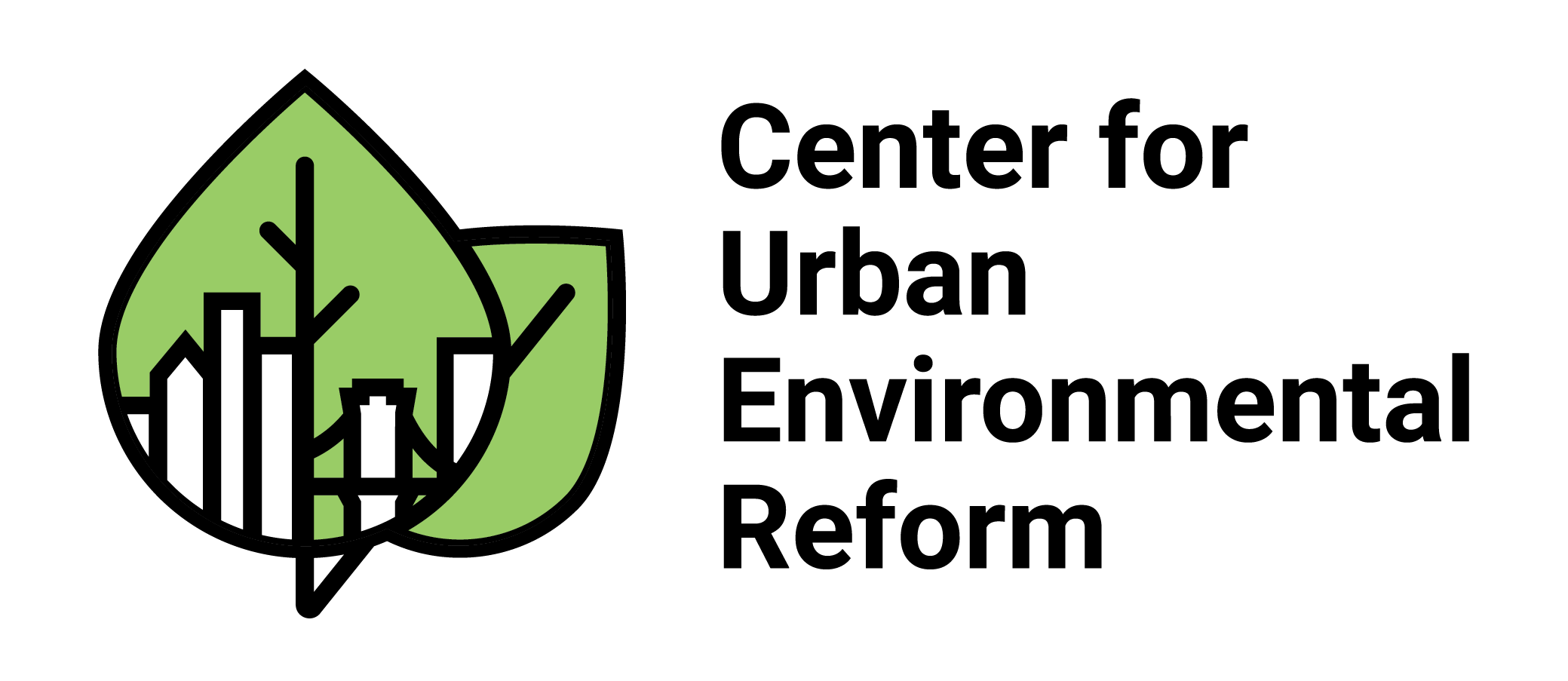EPA Issues New Recreational Water Quality Criteria Recommendations–Does It Go Far Enough?
Twenty-six years ago the U.S. Environmental Protection Agency (EPA) last issued ambient recreational water quality criteria (RWQC) recommendations to recreational waters. On Monday, EPA announced, pursuant to a 2000 Federal Court Order and in compliance with the BEACH Act of 2000 amendment to the Clean Water Act, that the organization issued new recommendations regarding pathogens and human health. The press release states, “The science-based criteria provide information to help states improve public health protection by addressing a broader range of illness symptoms, better accounting for pollution after heavy rainfall, providing more protective recommendations for coastal waters, encouraging early alerts to beachgoers and promoting rapid water testing.” The agency reiterated that no new requirements come with the announcement; instead, the recommendations are “a tool that states can choose to use in setting their own standards.” (See the Implementation Materials here.)
I like that the new recommendations exist; and I like that they are to be measured against a 30-day water sampling period (as opposed to the 1986 recommendations’ 90-day period) to “especially account for heavy rainfall that can wash pollution into rivers, lakes or the ocean or cause sewer overflows.” New York State and City both could use these strengthened Federal guidelines in assessing water quality. It appears that the State Department of Environmental Conservation (DEC) currently tests quality on an annual basis, with unclear guidelines. Independent non-profit groups like Riverkeeper do more in-depth testing of water quality of the Hudson River, but they are limited to one (albeit major) river. Since the New York City sewer system tends to overflow anytime it rains a few inches, and since massive overflows happened last month when Sandy struck, it is important for the City and State to at the least follow the EPA recommendations for testing. In my opinion, every state should be required to conduct 30-day testing and bring the ambient quality of water bodies at the minimum into the ranges set forth in the RWQC.
When people learn how clean or dirty their water bodies are, especially if they use those bodies of water for recreation such as swimming and fishing, then they might either rest easily or call for action to clean these bodies. Some bodies of water are surrounding by vacation homes and beach condominiums. Others are where people call home, either on a beach of a sea, a rural stream, or an urban river. Bodies of water are a symbol of unity; at some point, somehow, all the water connects with each other. What I do to the East River two miles from my house in Queens could impact a resident of Red Hook a few miles downstream. By-products of hydrofracking in the Ohio River Watershed might impact residents of Saint Louis, Memphis or New Orleans. Sewage overflows hit many New York residents living near waterways during Sandy’s flooding. Some might be able to afford proper cleanup methods more easily than others, or even the ability to move and/or stay somewhere else while their residence is clean. Others might be stuck with the option of contaminated residences or furniture, or nothing. A greater, more frequent indicator of water quality might very well be a tool in combating major water pollution and implementing sewage and industrial waste overhauls. Knowledge and access to that knowledge can very well spark the necessary public pressure.



